What’s So Trendy About Homemade Wine That Everyone Went Crazy Over It?
I love wine. I drink a glass or two almost everyday. There are very few things I find as relaxing and pleasant as sitting down at night after a long day at work and opening a bottle of one of my favorite wine. Any tension in my shoulders evaporates away, any lingering stress from the day seeps away from my body. My mind calms down and I can take a deep breath and let all my cares disappear and just lose myself in the glass before me.
This is a big decision because your wine will only be as good as the equipment that you use. Now, I am by no means saying that you cannot make a kit yourself. You certainly can, but you have to be very careful with how you choose your wine making supplies.
More than 70% of the world’s grape growing harvest is used in making wine. However, if you are not a wine lover you can eat grapes as fresh fruits or you let them dry and eat them as dry fruits as well.

The beginner wine making packages will also usually include instructions, so do not fret too much. These are common instructions for a 4-week wine kit.
One thing to keep in mind is that you are not limited to grapes when making your own wine. You can essentially use any type of fruit or fruit juice concentrate, it is just that grapes are traditionally easier to use as they are well balanced and tend to do the best in the wine making process.
Additionally drinking water that hasn’t been distilled can be used for home wine making. Plain water has substances that yeast need to survive during fermentation and these are lost through distillation.
Telling whether the plastic container is usable for home wine making is as easy as locating the resin identification number of the plastic. Although this is not found on all plastic products, if it does occur, it should resemble a triangle made up of three bent arrows. The resin code is the number inside the arrows. Number 2 means that your plastic is food grade and is safe to use.
With home wine making becoming such a popular hobby, it is easier than ever for you to find the ingredients and supplies that you need. There are stores that sell primarily wine making ingredients and supplies, along with supplies for home brewing. You can also find all sorts of magazines, websites, and books on the subject. Let’s look at what ingredients you should use to make your own wine.
A glass fermentation vessel like a jug, carboy or demijohn (also called a ‘jimmyjohn’) with an airlock. People say http://babieboomers.com has nothing to do with wine making but that is not entirely true.
Another small and yet vital product are the siphons. You have to have these to get the wine or fermenting liquid between storage containers. Otherwise you risk exposing the wine to too much air which can spoil you wine. These will make the process much simpler.
To sum up, whether you’re a beginner or an experienced winemaker you must understand that there’s an art to making homemade wine and once you get it your reward will not only be a great tasting wine, but the joy of knowing you made it.
Click here for other hobby ideas.
Best Wine Making Kits 2020*
| 1 | Deluxe Wine Making Kit |
| 2 | Winemakers Depot 3 Gallon Glass Wine Making Equipment Kit |
| 3 | 1 Gallon Wine from Fruit Kit |
| 4 | North Mountain Supply 1 Gallon Wine from Fruit Complete 30pc Kit |
| 5 | Cabernet Sauvignon Kit |
| 6 | Master Vintner Fresh Harvest 1 Gallon Homemade Small Batch Fruit Wine Making Kit |
| 7 | HomeBrwStuff One Gallon Nano-Meadery Premium Mead Kit |
| 8 | North Mountain Supply 3 Gallon Wine from Fruit Complete 32pc Kit |
| 9 | Starter Equipment Kit |
| 10 | Starter Winemaking Equipment Kit |
Source: Lemadeleine.com
Steps to Make Wine

Stage 1: Legality and Warning
Winemaking, otherwise called Homebrewing, is totally lawful in the US and numerous different spots. As follows is the thing that I KNOW is legitimate in the US:
- You can make up to 100 gallons without anyone else or 200 max, on the off chance that you live with others, yearly.
- You may not sell your homemade libation.
- You should be 21 or legitimate drinking age to make and drink your homemade libation.
- You may not distill spirits.
- You may share homebrewed drinks
Common Sense:
- Try not to drive drunk.
- Try not to drink while pregnant.
- Try not to drink on the off chance that you experience the ill effects of liver, cardiovascular breakdown, or whatever else pretty much.
- Counsel your primary care physician on the off chance that you are uncertain how liquor will interface with any medications you are taking.
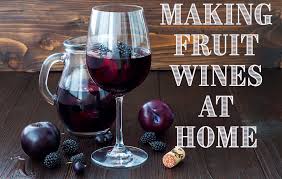
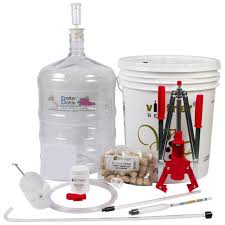
Stage 2: Equipment
- Plastic Water Bottle or Glass Jugs
You can discover these at any market practically. Get 1 or 2 for reusing.
The purpose long term aging/maturing in this container. This can make the wine become oxidized and have a “stale” taste to it. Likewise, with #7 plastics, you don’t have the foggiest idea what it is made of. Thusly, you may have synthetics siphon into your wine.
Variable cost, close to $20 or free in the event that you have clean, unscratched plastic container.
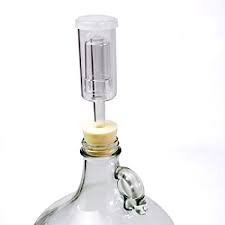
- Elastic Stopper
Drill a 1/4 gap in it for the tubing.
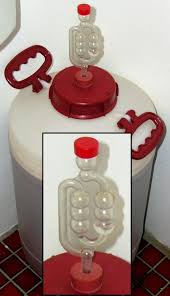
Airtight chamber
This can be a couple of things
a. The CO2 the in the yeast will swell it and cause it to extend. At the point when the inflatable extends in a specific way, the CO2 will start to get away yet not permit any air in. Utilize plastic ties to keep it joined to the neck of the compartment
b. Pvc pipe connects to the plug and attaches the vinyl tubing to it.
c. Business Airlock – cost around a $1.59.
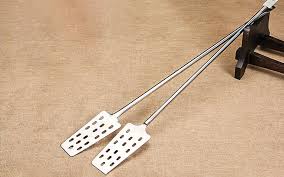
Stirrer
You’ll have to throughly blend the wine. A long, plastic handle works incredible. Must fit into the neck of the container. On the off chance that you can’t discover one, a dowel with a spoon connected to it will work however you should discard after use
Pipe
For emptying fluid into the compartment
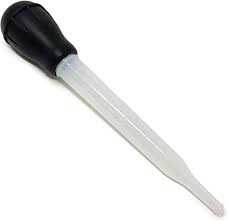
Turkey Baster
You’ll require it for testing after the aging.
- Containers
You will require something sealed shut to store the wine in. Two gallon containers work best. Ensure you can safely fix the top and clean them.

8.The siphon
A 5-6′ vinyl tubing. You need to siphon the fluid from the compartment In the event that you have a homemade wine store close by, it’s prudent to simply purchase an autosiphon .
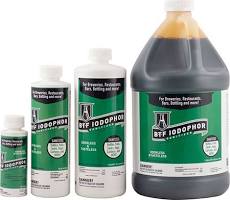
Sanitizer
The most significant gear here. Get loads of it. You’ll utilize it…alot.
You should utilize LOTS of water to wash afterwords. Else, you’ll be left old wine smell.
You can likewise utilize any Iodine Sanitizing arrangement. It tends to be found at some supermarkets and pretty much any feed store inexpensively.
In a perfect world, getting B-T-F iodophor or Star-San 5 Star is the ideal. Follow the bearings for blending. They require no wash on the off chance that I recollect accurately and the froth from Star San really helps the yeast!
Stage 3: Ingredients
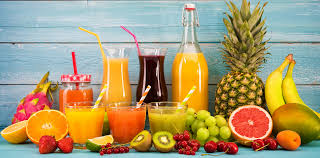
1, Juice of organic product to age
Pretty much ANY organic product is fit for being made into a wine. On the off chance that it has juice, it’s fermentable. You can feel free to purchase juice from the store.
It MUST NOT CONTAIN added substances other than Asorbic Acid(vitamin C). On the off chance that it contains any Sorbate whatsoever, it won’t work.
Costco and Sam’s are your smartest choice. 5 gallons of juice goes for $23.
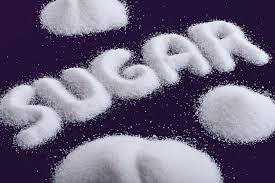
- Sugar-Yeast I suggest Corn Sugar(Dextrose), which can purchased at markets.
You will require around 4 pounds which cost $5-6.
You can explore different avenues regarding Brown sugar, white sugar(sucrose) or even nectar. Remember however that in the event that you utilize nectar, it will take any longer to mature.
On the off chance that you do utilize sucrose, I suggest making a straightforward syrup by boiling one cup of water for each 2 cups of table sugar. Heat up the water, mix in the sugar and boil for 10 minutes. You’ll wind up with glucose and fructose, which the yeast prefers.
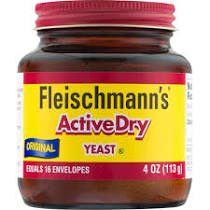
- Yeast-The absolute most significant thing. I suggest Red Star Montrachet, yet you are allowed to attempt numerous kinds of wine or champagne yeast. It is exceptionally modest @ $.49 typically.
By no means attempt to utilize distiller’s or high-liquor yielding yeast.

- Synthetic concoctions
These are practically going to be found at compound gracefully or homemade wine stores. You needn’t bother with an enormous sum, however they are extremely modest and can be utilized for bunches of groups. They don’t give any unfortunate flavor to the wine when utilized appropriately.

Stage 4: Sanitation
I have a GREAT Course for you on making homemade wine! CLICK HERE















